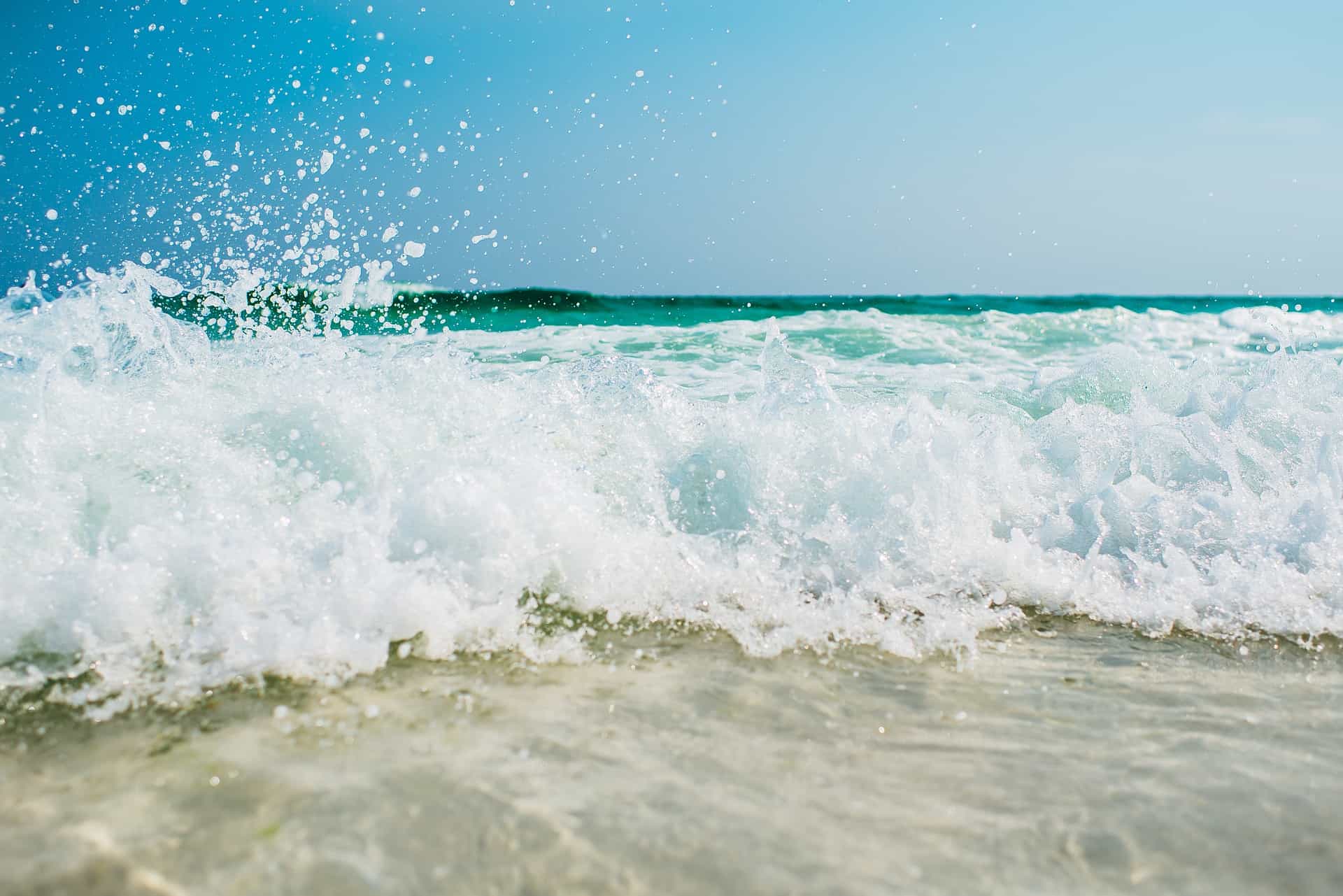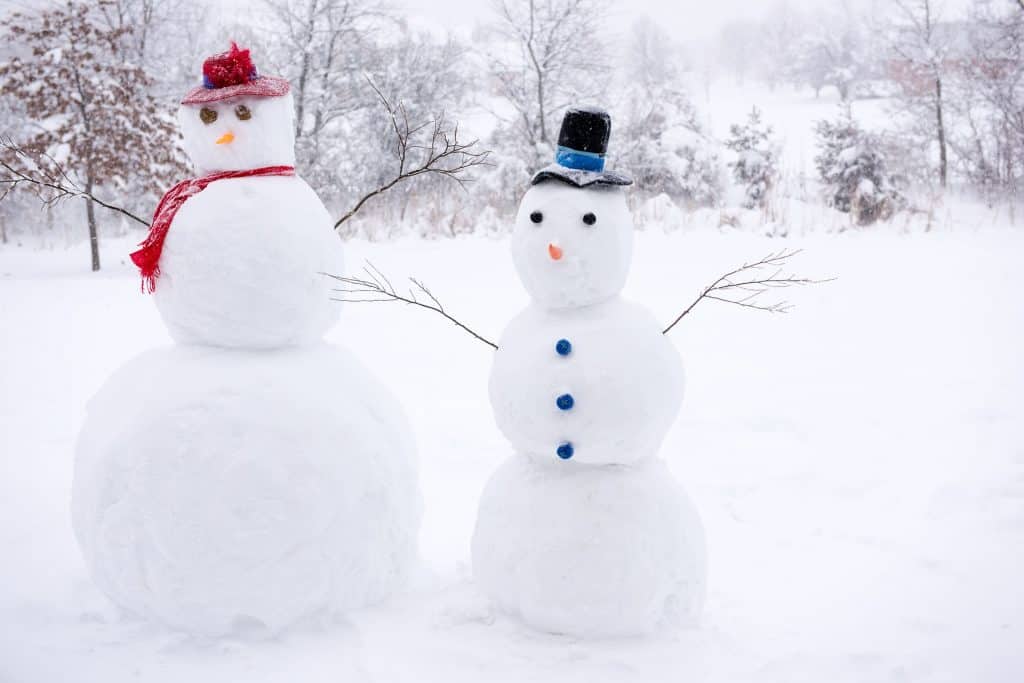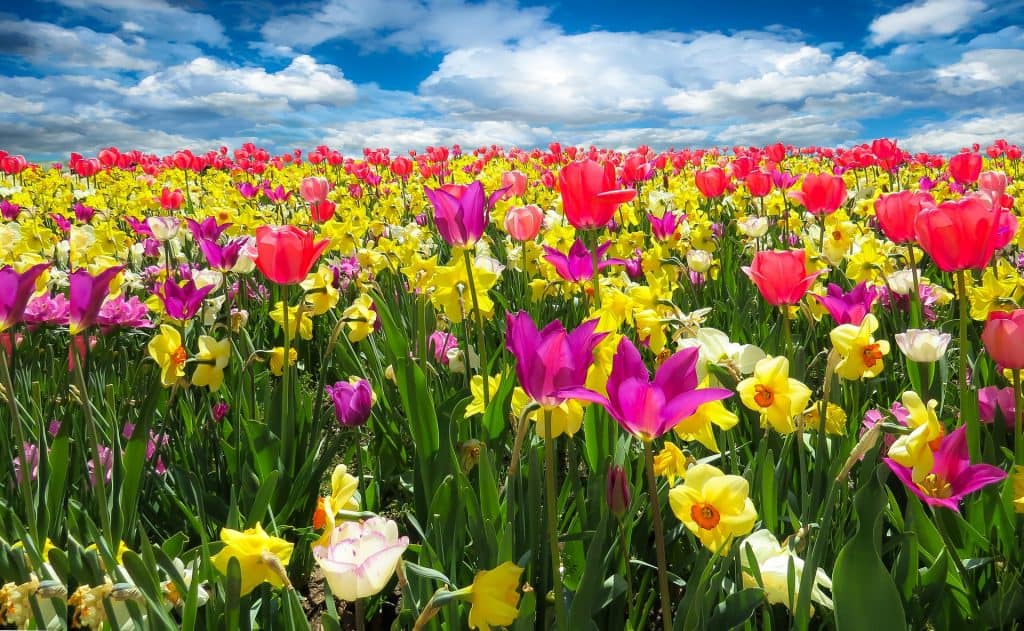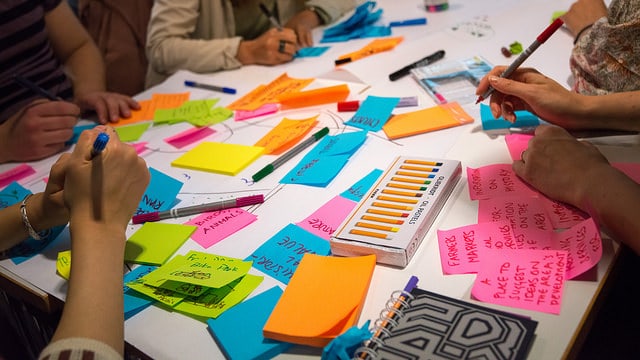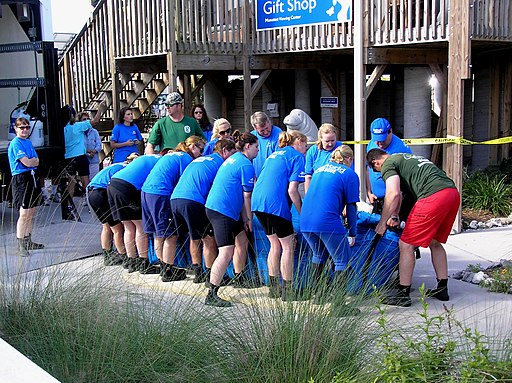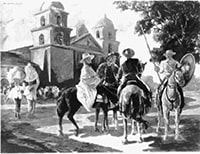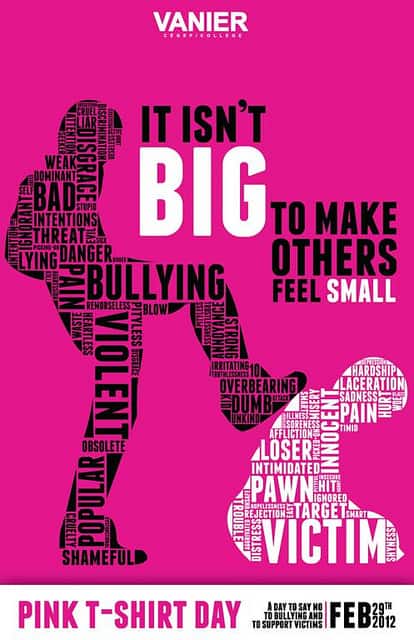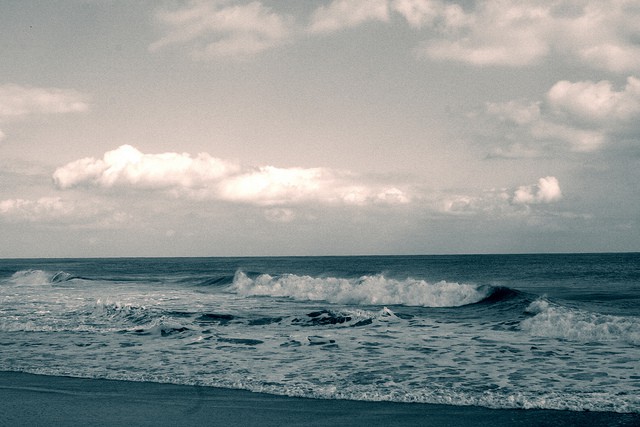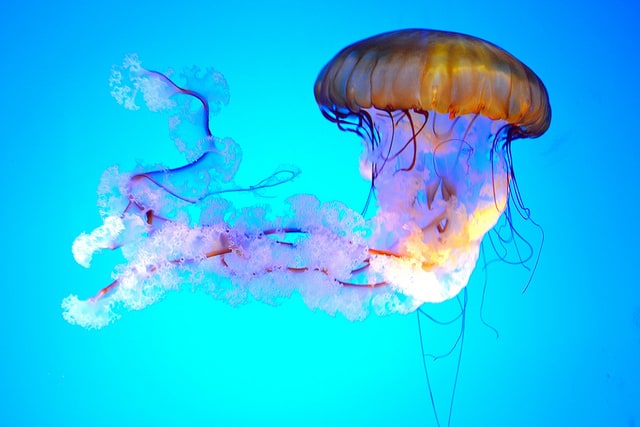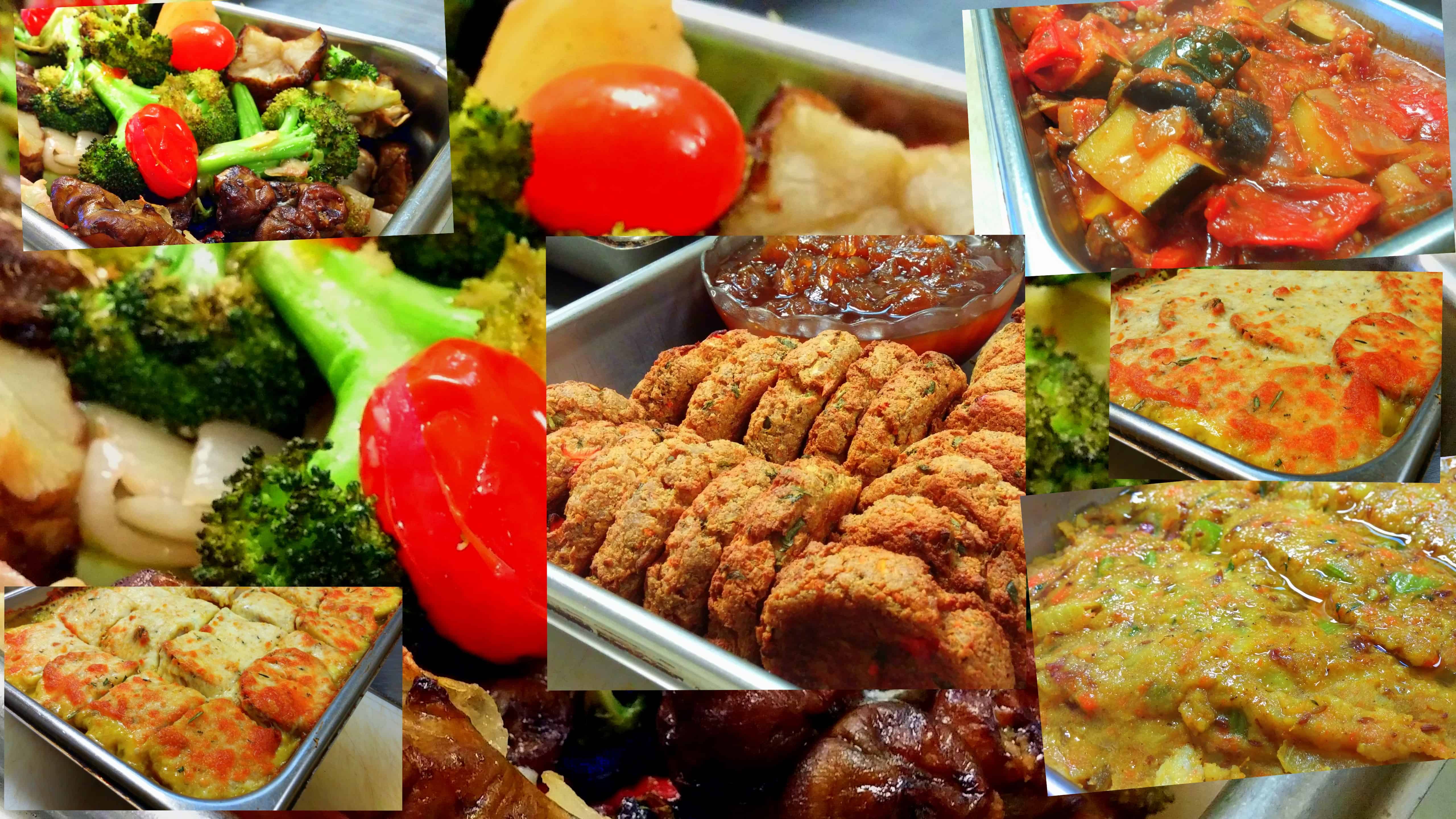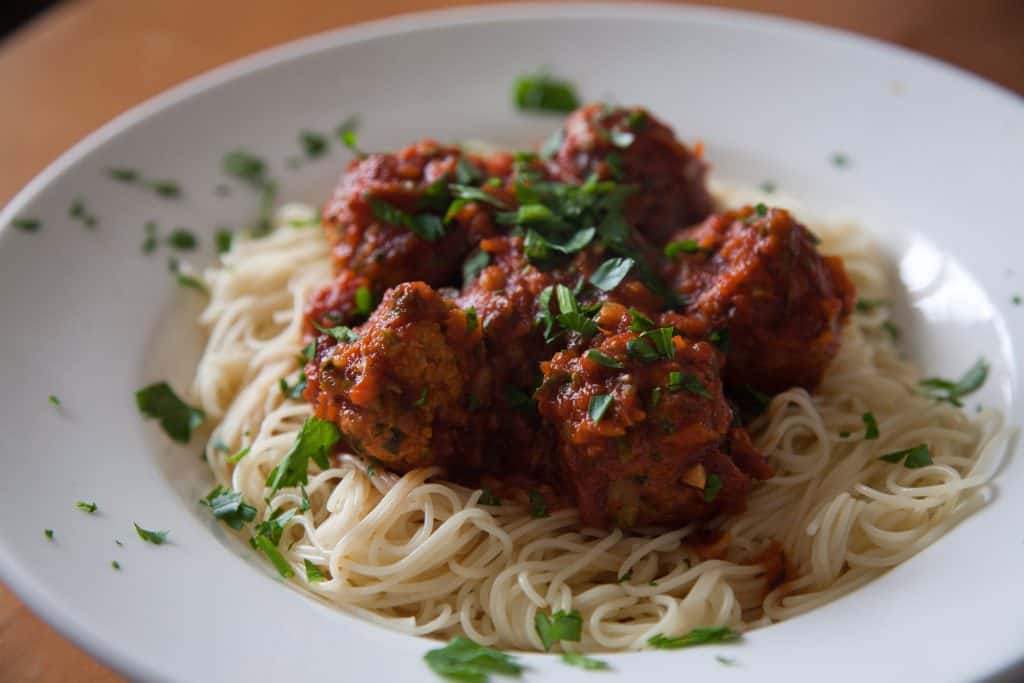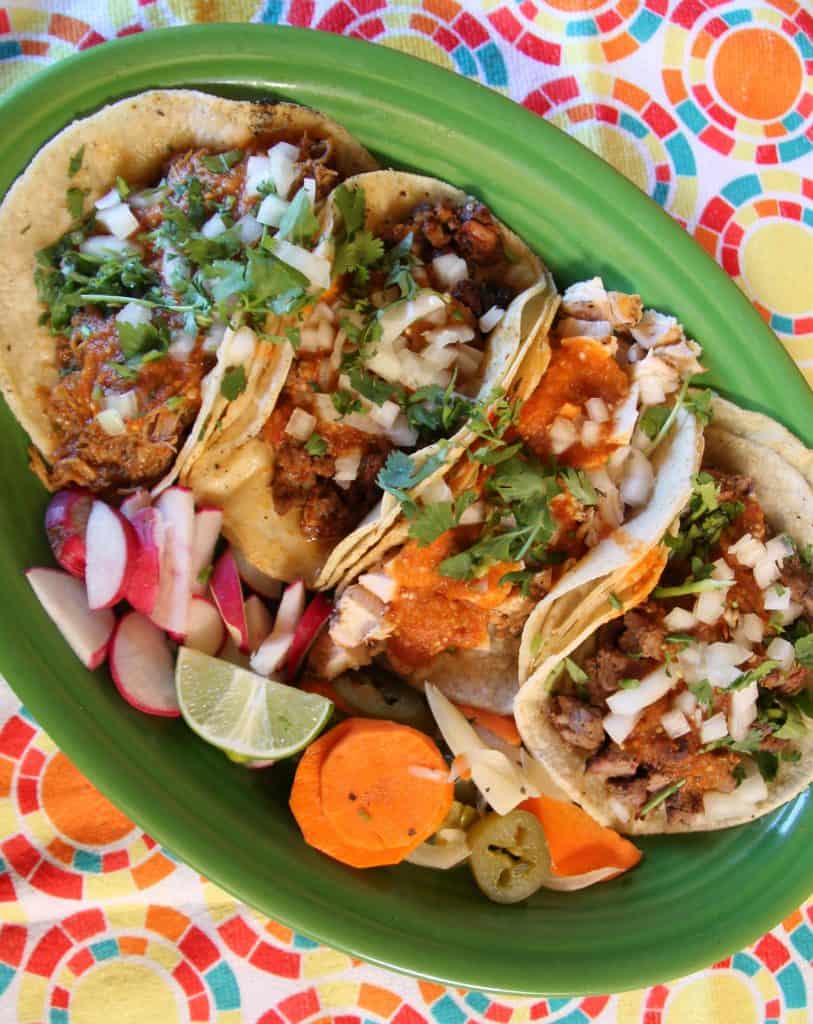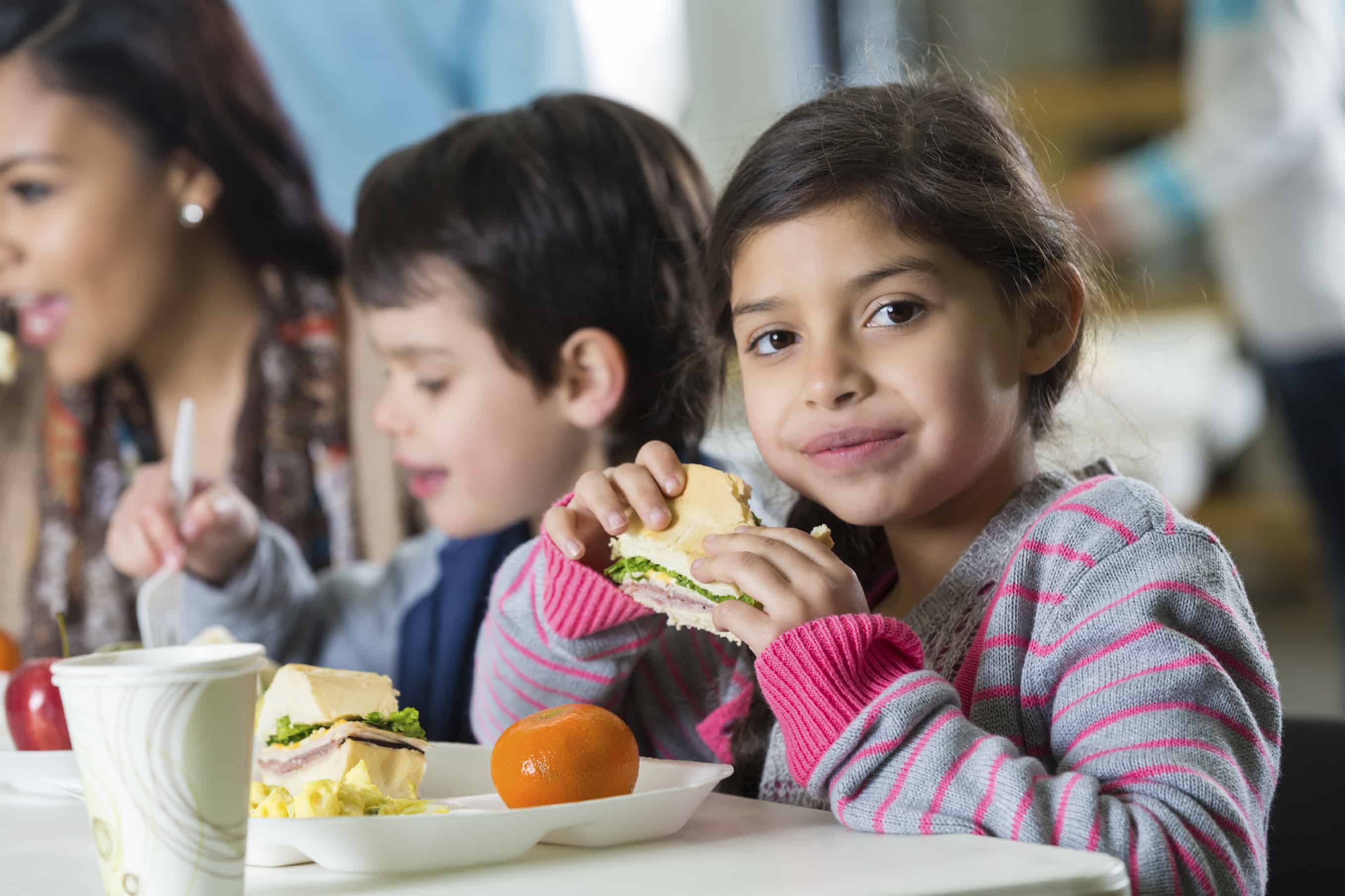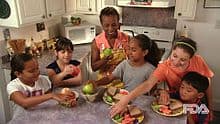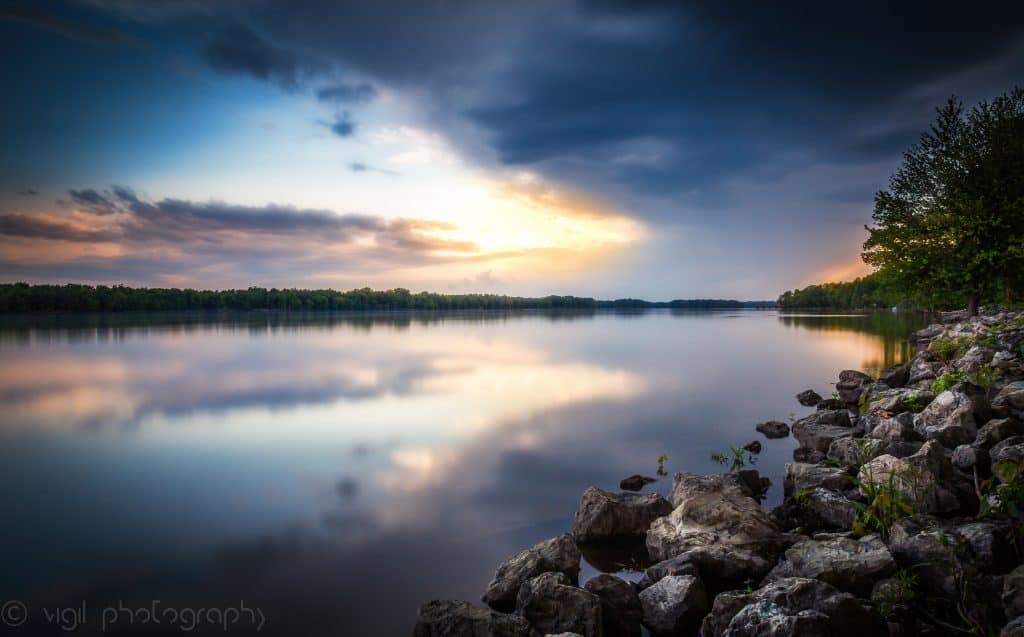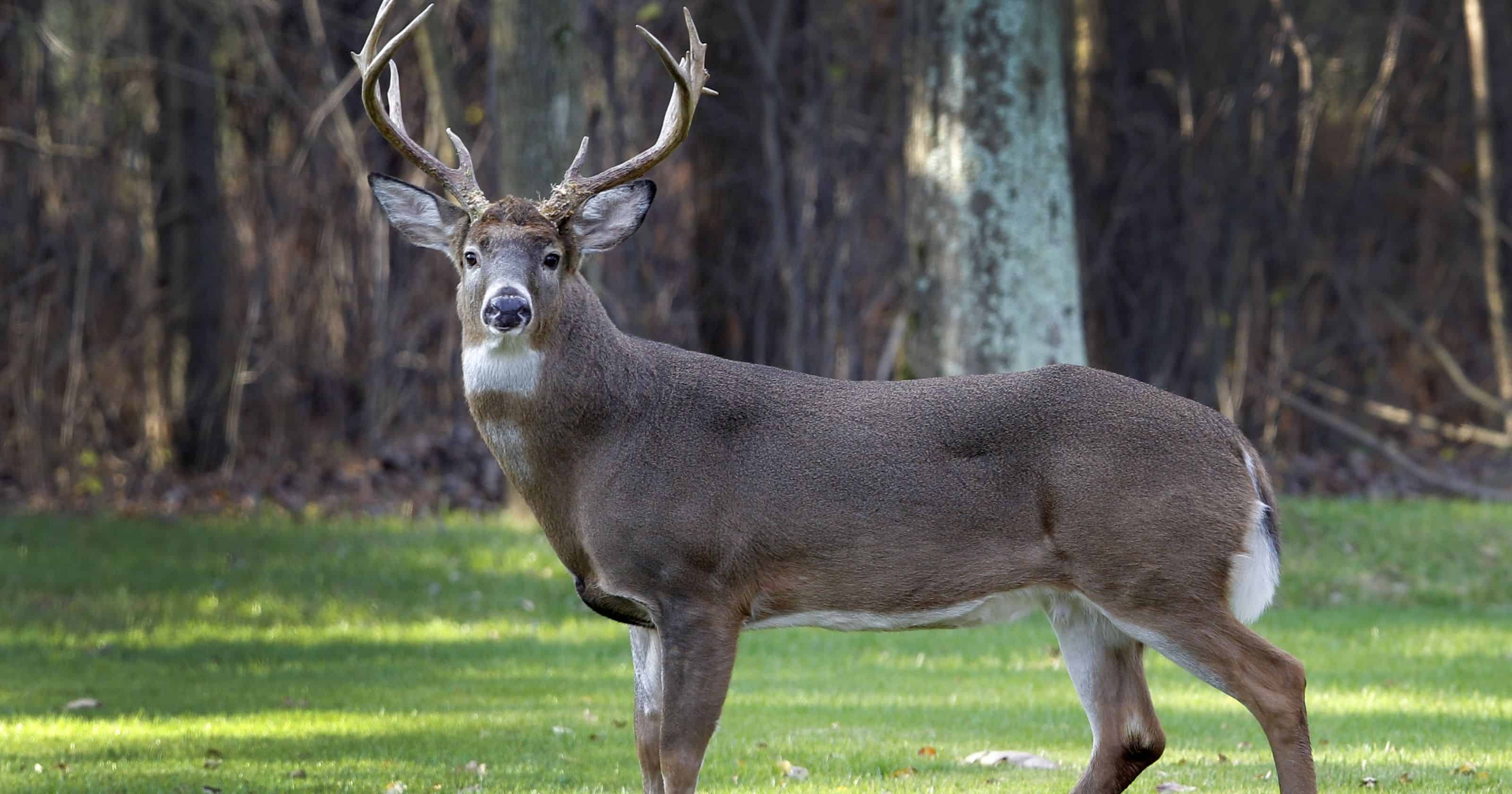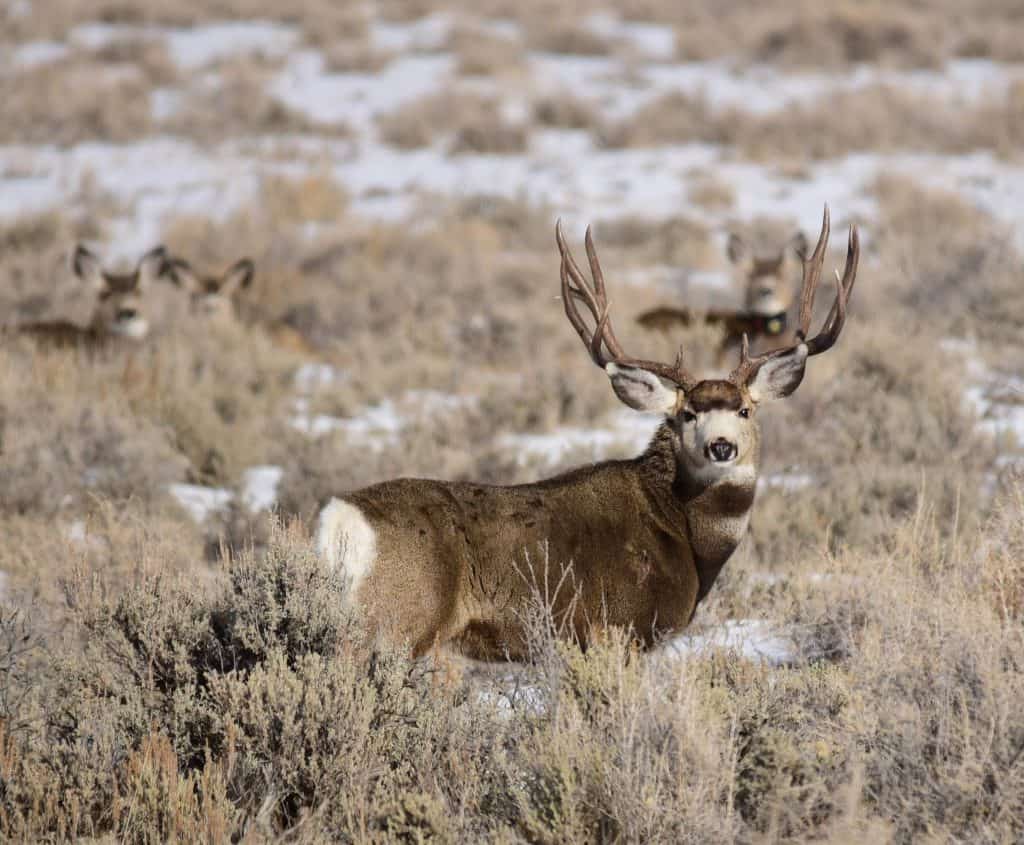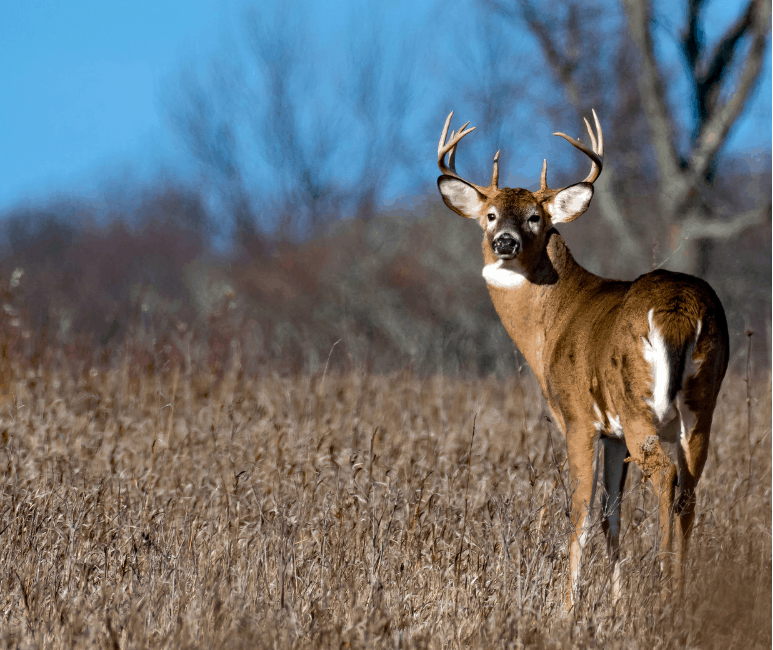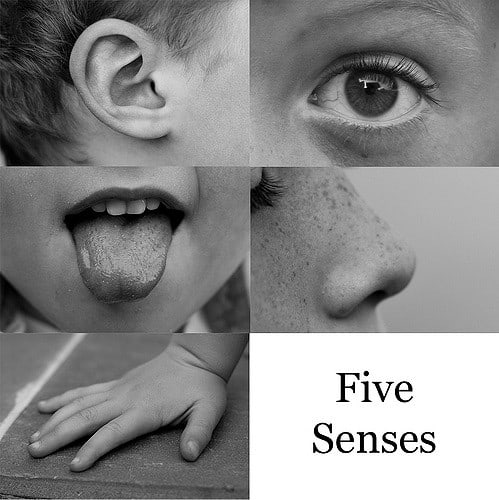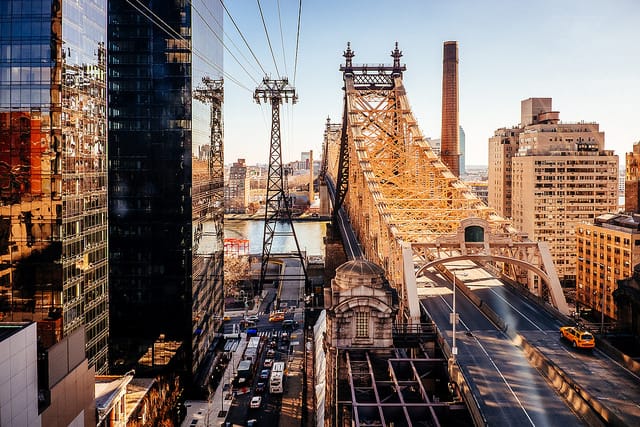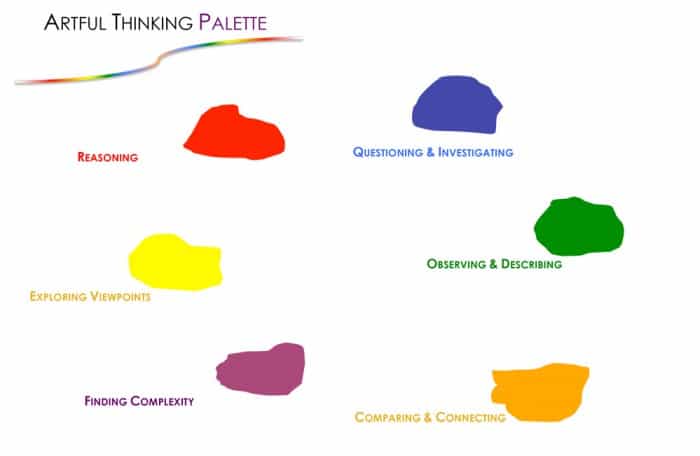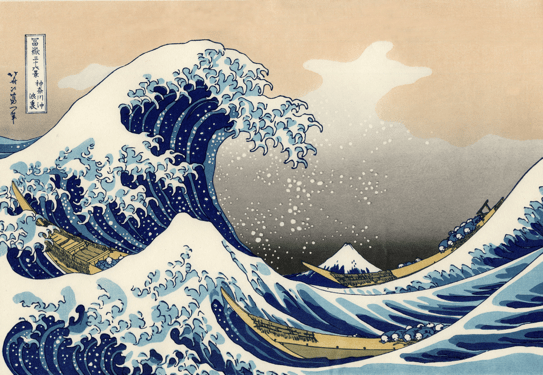In this lesson students will learn about the four seasons, and how they are similar and different from each other. This will be an introductory lesson before going into depth about each season.
This lesson uses visual aids to guide students during the beginning steps of the activity. Visuals prompt student imagination, creativity, and ideas about what a certain concept will be about. It also allows students to make thoughtful predictions about the given topic, that may not have be thought about previously.
Guiding Questions:
- Can you name the season that each picture represents?
- What do you already know about each season? Do the pictures tell you anything?
- Do seasons look different depending on where you live?
- Do you have a favorite season?
Pictures Used:

